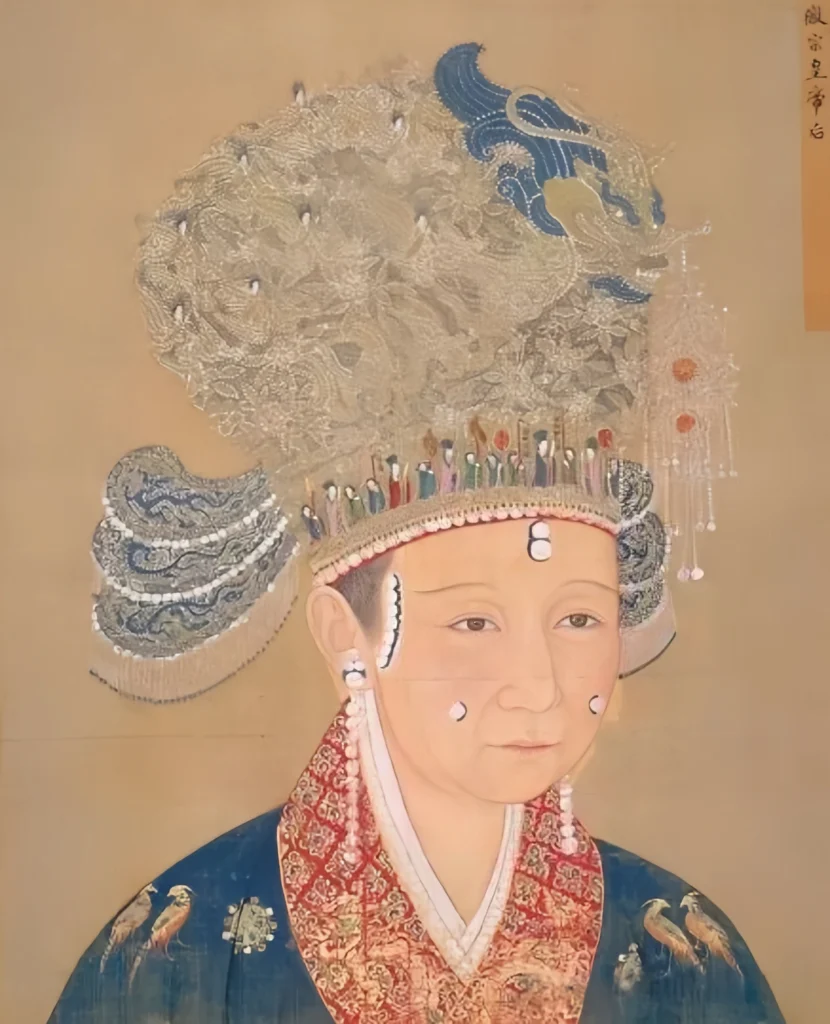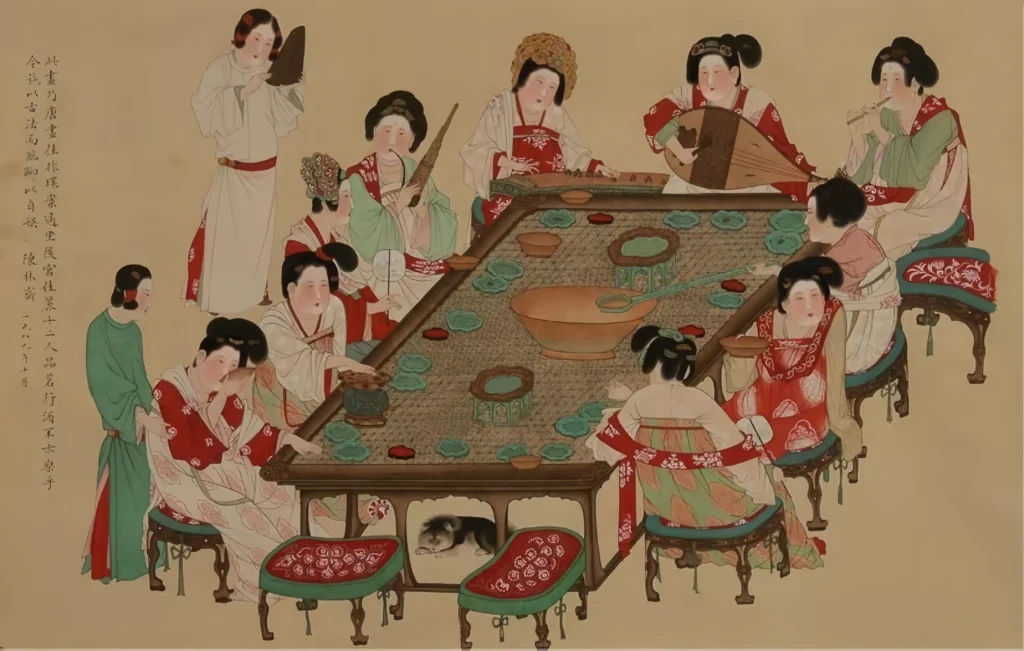Did the Wide-Sleeve Effect Really Exist in Ancient China?


The hemline theory from the 1920s and 30s—where skirt lengths supposedly danced to the tune of economic ups and downs—still gets thrown around like a hot topic today, and it’s got my mind wandering. Did ancient China have its own fashion flair, like a wide-sleeve effect? I’ll be honest, tossing this question out feels a bit like a shot in the dark because, let’s face it, there’s no rock-solid historical record or giant pile of data to back it up—just some playful guesses from us modern daydreamers.
But let’s flip the script with a dash of reverse thinking: when the economy took a nosedive and money got tight, everyday folks couldn’t splurge on extra fabric to craft those extravagant wide sleeves. Jump to the good times, though, and it’s a whole new ballgame—beyond shelling out for premium fabrics and mind-blowing embroidery, wide sleeves turned into the ultimate status brag. Rich folks didn’t break a sweat doing chores; they lounged around, so the bigger the sleeves, the louder they shouted, “I’m all about those fancy rituals, not lifting a finger!” It’s less about whether they were practical and more about flashing wealth and prestige, right?

It’s pretty similar to that hemline idea—the wide-sleeve effect totally hinges on how much fabric people splashed out on back in the day. Bigger sleeves? That’s a whole lot more cloth, no question! During those golden economic booms, you can even catch wide sleeves stealing the spotlight in poetry and songs.
Take Li Bai from the flourishing Tang Dynasty: “Gold flowers on my wind hat, white horse slows its turn. Dancing wide sleeves, like a bird from the eastern sea”—pure poetic swagger! Then there’s that sassy Han rhyme bragging about using a full bolt of silk for sleeves, “City loves big sleeves, all sides use full silk”—and suddenly the whole crowd’s jumping on board, deeming it the trendiest thing ever.
Peek at everyday slang, and it tells a story—“catching at the elbow” screams “I’m broke and scrambling,” while “thin robes and wide sleeves” paints a picture of carefree immortals living it up with zero worries. For the average person on the street, narrow sleeves were the practical pick, but if a family had a fat wallet and deep pockets, those wider sleeves turned into a flashy billboard screaming, “We’ve got money to burn!”

Let’s toss in another layer to mull over—social trends might’ve had a huge say in this too. Flip open those Tang ladies’ portraits, and you’ll spot wide sleeves everywhere, though the northern minority influences threw in some wild twists like Hu sleeves or even women strutting in men’s gear. Fast forward to the Song Dynasty, and the vibe shifts—those portraits start showing a clear lean toward small sleeves. Check out that smooth line from a Song poem, “When will it be again, jade horse passing, small sleeves wave lightly”—it’s obvious narrow sleeves were the hot new obsession back then.

Now, in the nitty-gritty of daily life, if we brush aside those big social waves for a sec, people just grabbed whatever sleeves felt comfy and got the job done. Some folks swear that by Song and Ming times, there was this whole “back-to-basics” clothing philosophy taking root—a return to simpler, more down-to-earth styles—and you can totally see that chill vibe reflected in Qiu Ying’s paintings, which capture the spirit of that era like a snapshot.
But me? I’m all in for the function-first crowd. At the core, it’s about the essentials—food on the table, a roof overhead, clothes on your back—before we even start chasing those lofty spiritual vibes. Workers snagged outfits that made labor a breeze, while those grand ritual moments called for wide-sleeve formalwear to strut their stuff. Adapting to the time, the place, and the moment? That’s the heartbeat of the Chinese way of life, hands down!





It’s a shame you don’t have a donate button! I’d most certainly donate to this excellent blog! I suppose for now i’ll settle for bookmarking and adding your RSS feed to my Google account. I look forward to fresh updates and will share this site with my Facebook group. Talk soon!